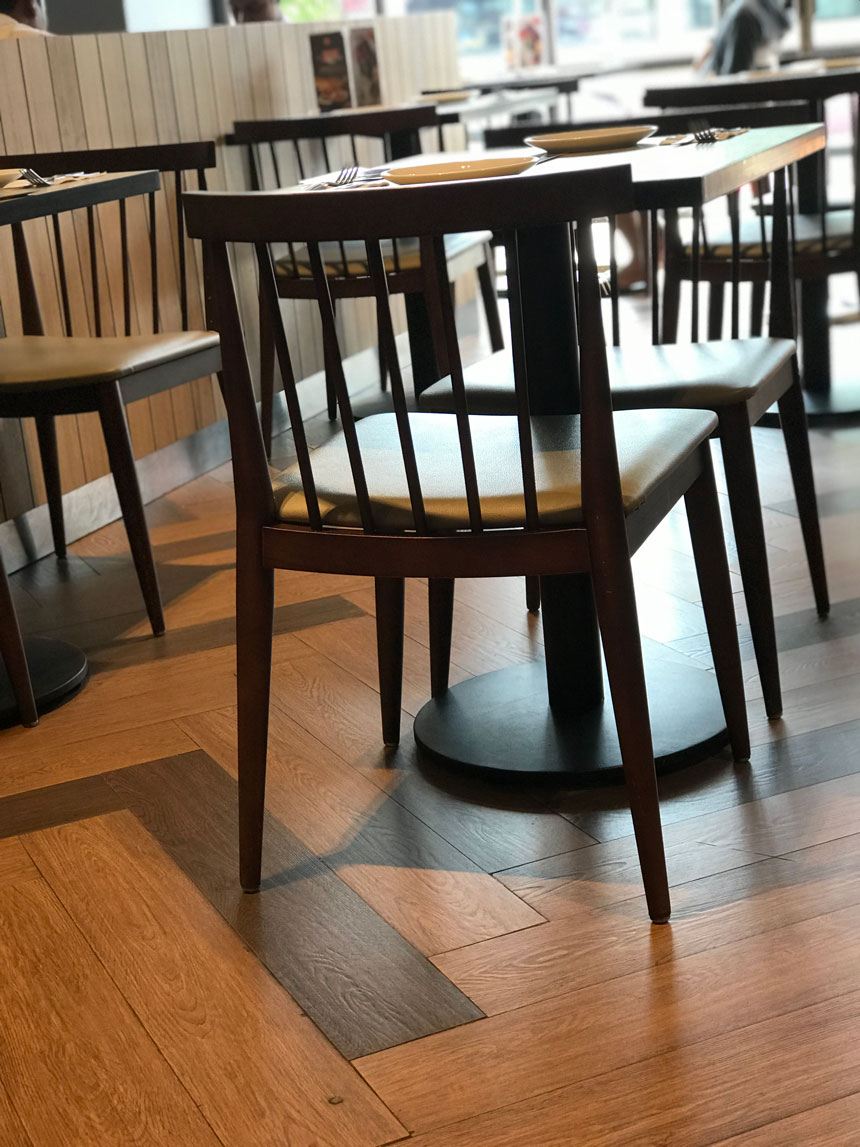BLOG
Caring
furniture
Caring for and correctly maintaining your furniture should not be too difficult nor too easy. But there are some tips.

Who would like to replace furniture every other year_ I guess nobody does. Isn’t it always great to keep your loved furniture for a long run in a good shape? Caring for and correctly maintaining your furniture should not be too difficult nor too easy. But there are some tips.
First and foremost, you need to identify the surface finish for it is vital to decide which techniques and products to use in cleaning your valued furniture. Let’s say, you may need to a different approach to a sealed surface with a hard lacquer.
Also, something else to note, your furniture would love to have a regular wipe than an occasional scrub. Cleaning your furniture with a regular schedule might sound a little time consuming or seem to be unnecessary, but the truth is it saves you money on replacement or repair of furniture, whereas avoiding unwanted damage over a short period. Clean and well-maintained furniture will always keep your venue look on top of its game for a long time.
Based on our experiences, we’d compiled a list consisted of 17 most common causes of furniture damage. Tackle them and extend the lifespan of your contract furniture.

The common causes of indoor contract furniture damage
1. Chairs falling off tables usually during floor cleaning
2. Screws coming loose and not repaired or maintained immediately
3. Abrasive cleaning compounds or harsh cleaning clothes that can cause scratches on the surfaces
4. Tables being lifted by their tops leaving the table base unsupported causing fixing plates to come away
5. Furniture being dragged across an uneven floor
6. Stacking Chairs (and sometimes even tables) when they are not designed to be stacked
7. Spills of acidic liquids, particularly wine, that can cause etch on the table tops
8. Cleaning the furniture with aggressive sanitizer sprays
9. Furniture being blown over
10. Sunlight also can cause color bleaching, particularly vibrant colours
11. Using indoor furniture as outdoor ones
12. Leaving furniture unprotected for too long that can make them easily-aged
13. Wooden furniture being subjected to abrupt fluctuations in temperature or excessive levels of humidity
14. Wooden table tops with inlays or metal edging being damaged by rough handling
15. Salt in the air corroding metal items (for coastal environments or aboard ships)
16. Water being left to sit on furniture, causing a stain
17. Footrests on stools being used as ladders, causing them to bend or snap
The importance of chair glides
Chair glides are the pads that are attached to the bottom of chair legs, typically made of plastic. They normally need replacing after about two years of contract use, however, regular inspecting the condition every six months is recommended. The replacement glides are provided free of charge in case of need.
Some glides need to be nailed or snapped in, some to be screwed. If the method is screwing, make sure not to over-fasten the screw glides as this can strip the screw-hole and inhibit future use. Another thing to care for is your floor. You wouldn’t want any scratches on your floor from the chairs, so maybe you want to replace the hard glides with the softer felt versions.